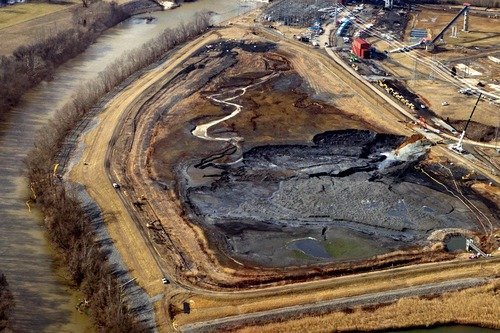This essay was commissioned and published as part of AKI Enschede and ArtEZ Studium Generale in conjunction with a workshop I gave titled, “Muddy Fields and Pink Possums; field work and color work as an entry point for embodied writing.”
Color is not merely a pigment or a material property. Helena’s textual contribution Muddy Fields and writing workshop Muddy Fields and Pink Possums: field work and color work as an entry point for embodied writing begin with a simple question: What is color? Starting with her own body floating down the river, the question of ‘what’ is put aside, and color itself is encountered.
Following the 2014 coal ash spill into the Dan River in Eden, North Carolina, after which scientists found unsafe levels of lead, arsenic, mercury, selenium, and zinc in the river water, Helena Sanders traces these toxic chemical elements to their presence as pigments in paints—in lead white, Scheele's Green, Vermillion red, orange cadmium, and zinc white.
Slipping between the practical and the symbolic, economic and aesthetic, contemporary and historical, in her text color is a carrier that takes us through a vast array of relationships between the world and our selves. Made of desire as much as necessity, color takes us across lethal mining sites, global economies, and aesthetic hierarchies, prompting us to attune ourselves to the many registers and positions our bodies occupy at a given time.
Coming back to the question what is color, and resisting any single interpretation, can color, kaleidoscopically, prompt us to attune ourselves to our multifold experiences and registers of meaning—to the many worlds—we already inhabit? In the words of Helena: “…if one language or another limits us and censors how we are able to narrative our stories and history through inherent bias, then can color provide a tool through which we can sing ourselves back into the world?”


